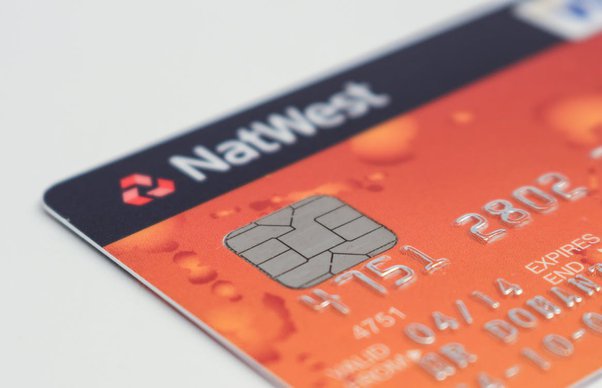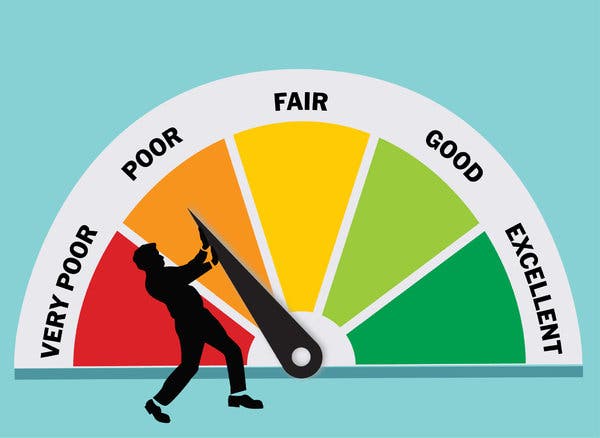
When it comes to applying for a loan, your mix of credit is very important. It is best to have both revolving as well as installment credit. It is easiest to obtain revolving credit by opening a credit card and making the minimum monthly payment. To avoid interest, charge only what you are able to afford to pay each month. A personal loan is a way to show that you can manage credit in different forms if you don’t currently have any installment loans.
Mix of good credit and bad credit
A good credit mix may not be the right one for you. There are many factors that can increase credit scores, including having a good credit mix of installment loans and credit cards. These include paying your bills on time, maintaining a low credit utilization ratio, and not applying for too many credit accounts at once.
Your credit history will indicate to lenders that you have a diverse portfolio of accounts. Your credit mix will show lenders that you are reliable with a variety of accounts. This may result in lower interest rate approvals. While this isn't as important as other factors in credit score, it is important to have a good credit profile to be eligible for the best credit offers.
Bad credit mix
Bad credit history can result in a drop in credit score of up to 10%. This can lead to your being denied for credit or a reduction in your ability to obtain credit. Clix Capital provides free credit score checks and is a great way to keep track.

You can still build credit, even though you may not be able to borrow traditional loans due to your poor credit history. You may be eligible for credit builder loans, which do not report back to the credit bureaus. These loans are very expensive and can add up to thousands of dollars in interest. A better approach is to build your credit mix by avoiding problems before they arise.
Long credit history
When evaluating creditworthiness, lenders look for a long credit history and a mix of types of credit. This combination shows that you can pay off your bills and manage your debts. The credit mix includes revolving, mortgage, and installment loans.
Age of your credit accounts also plays a role. Your credit score is affected by how long you have been in business. However, if you have recently closed an account, this could affect your score. A credit report that has been closed for more than 10 years will still show the account, even if it was paid in full.
New credit
Credit diversity is key to your credit score. Your credit score can be affected by different types of credit, such as high-interest credit cards and auto loans. This category may appear simple but there's more to it than meets your eye. Your score depends on the credit you have now and what the relationships are between them.
When building credit, a good mix should include installment and revolving credit accounts. The easiest way to utilize revolving credit is to open a credit card and make the minimum payment every month. To avoid paying interest, make sure you only charge what you are able to pay every month. You might consider opening a personal loan or credit line if you have only revolving credit. By doing this, you can demonstrate your ability handle multiple types of credit.

Credit utilization ratio
The credit utilization ratio is a measure of how much you owe compared to your available credit. It is calculated using the total credit limit and the balance in your revolving cards. This ratio should not exceed 30 percent. In other words, you should pay back a higher proportion of your total credit limits than you owe.
Credit scores will drop if your credit utilization ratio is high. Also, a lower credit utilization ratio is good for credit scores. According to Schulz, credit card users should have a utilization ratio of less than 30%. This is the point at which credit cards start to affect credit scores. If your credit limit is $1,000, you can only charge $300 per month.